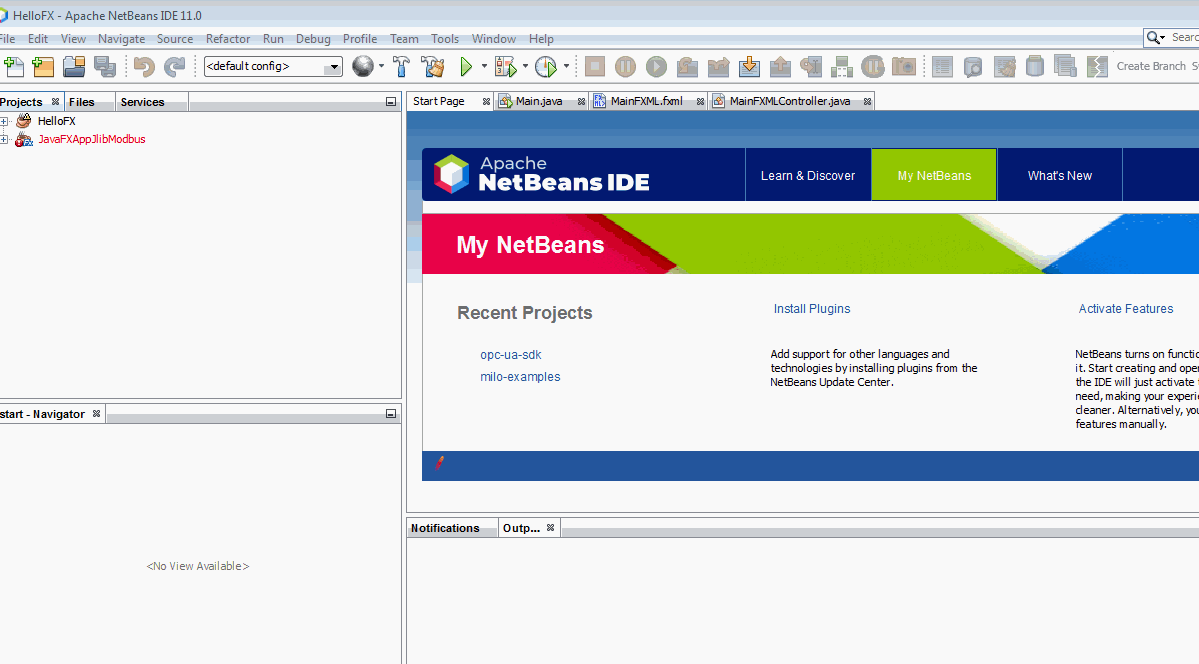

There is not a complete Exception Dialog out of the box. Standard Dialogs Information DialogĪlert alert = new Alert(AlertType.INFORMATION) ĪtHeaderText("Look, an Information Dialog") ĪtContentText("I have a great message for you!") Īlert alert = new Alert(AlertType.WARNING) ĪtHeaderText("Look, a Warning Dialog") ĪtContentText("Careful with the next step!") Īlert alert = new Alert(AlertType.ERROR) ĪtHeaderText("Look, an Error Dialog") ĪtContentText("Ooops, there was an error!") To use the official JavaFX Dialogs you need JDK 8u40 or later. Now that they are available in the official JDK, let’s learn how to use them. The second TestStep verifies whether the tab Node 2 is expanded.JavaFX 8u40 finally includes simple Dialogs and Alerts! I’ve been waiting for this since 2012! In the meantime I wrote about how to use Dialogs in JavaFX 2 and later in JavaFX 8 with ControlsFX.

In the example below, the tab Node 2 is clicked in the accordion ctrl_accordion. The system focuses automatically the area which holds the respective control.Īccordion controls are steered in multiline view as described in chapter "TabControl". This chapter contains a detailed description of JavaFX specific controls.Ĭontrols that are located beyond the visible area of your test application can be scanned and steered, provided that they are positioned within scroll bars (ScollPanes). For further details on how to proceed, see also chapter "Scan Modules".The following standard controls are steered as described in chapter "Steering Controls". Right-click on a Module folder or use the dynamic menu Modules in Tosca Commander and select Scan -> Application. JavaFX Modules are created by using Tosca XScan.


 0 kommentar(er)
0 kommentar(er)
